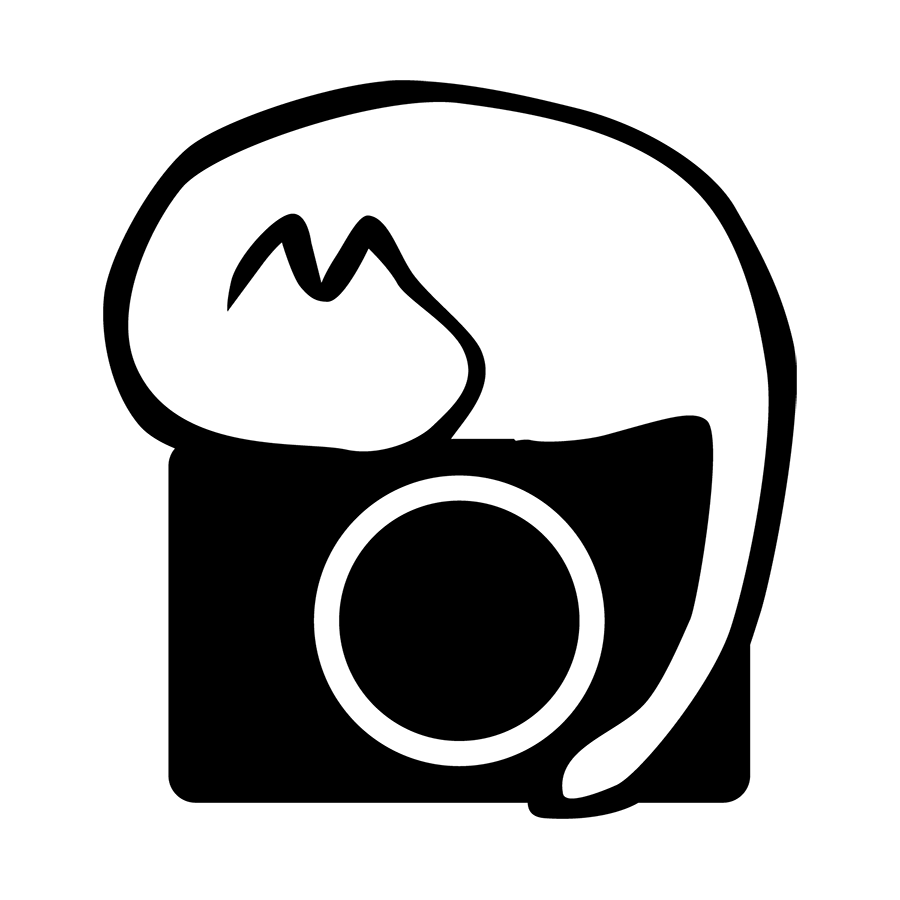Nikon AF-S NIKKOR 70-200mm f/2.8E FL ED VR
Purchased: July 2018
Status: Retired (Sold, Oct 2021)
Entry Date: 3/4/2024 (Summary in retrospect)
As I received more assignments that required me to shoot in low light situations, I needed a lens that could handle those conditions as my AF-S 70-200/4 then started to show signs of its limitations - especially in its AF performance.
This led me to trade in my 70-200/4 for the 70-200/2.8E, a lens which I had heard many good things about, especially on how it managed to overcome certain flaws of the previous VRII design (like focus breathing), and implemented new technologies in it to obtain better performance while keeping the lens lighter.
While I had no issues with the image quality of the 70-200/4 for both my personal use and for paid assignments, the 70-200/2.8E is on an entirely different level - my initial impressions of the lens when I tested it out in the shop was how blazingly fast the autofocus was, and the resulting image was so crisp and full of contrast even wide open.
Using it as my main workhorse lens from then, I was never let down by the lens’ performance. AF was blazingly fast and accurate, even on the D800 (which was not known as a fast focusing body), and the images were sharp and full of details. It felt better built as well, and definitely instilled more confidence when using in less than ideal weather conditions. The zoom ring had just enough resistance for it to rotate rapidly for quick focal length changes, which was very useful when having to change angle of views for moving subjects abruptly.
As mentioned at the start of this summary, my primary aim of the lens was to replace my previous telephoto workhorse with one that could handle low-light situations better, and it definitely did not disappoint me in that regard. Being able to go to f/2.8 allowed the body to focus much better, and also allowed me to use higher shutter speeds/lower ISO/combination of both when the situation calls for it.
Another advantage of the f/2.8 aperture was also the flexibility in creativity it gave me - previously I used the 70-200/4 when the convenience or necessity of a zoom was needed, and used primes to complement it when I wanted good bokeh. With the 70-200/2.8E, it provided both the convenience of a zoom, and an aperture wide enough to deliver good subject isolation, and thus simplifying and streamlining my workflow a fair bit.
While on most occasions the rendering of the background is smooth and without much distracting elements, one drawback of the lens, in my opinion, is the tendency for double-lined bokeh (nisen-bokeh) to form at intermediate out of focus regions, especially for regions that are busy in the first place (think tree branches in winter). It was not a deal-breaker, but coming from long term usage of prime lenses it did catch me by surprise at times.
I used it with the Z6 via the FTZ adapter as well, and compared to the D800, having AF coverage across nearly the entire frame brought about more accurate AF for static/slow moving subjects, and even in low light the combination did not struggle or hunt much. Using it with Z6’s Eye-AF or Animal Eye-AF was a smooth experience as well, and I used Animal Eye-AF quite often to shoot the four-legged creature roaming in my house with very positive results (as long as no running was involved)
That said, it did feel slightly front heavy due to the hollow FTZ adapter, and in fact the Z6+FTZ+70-200/2.8E combination actually is longer than a D800+70-200/2.8E combination. This was one of the major reasons that led me to upgrade to the Z 70-200/2.8S, which I would write in more detail in the latter’s equipment page.
To summarize my experience with this lens, I really liked using the lens and am happy with its performance throughout my time with it. Even now, at the time of writing, this is still one lens that could hold its own against the many brilliant lenses available for the Z-mount, if you do not mind using it with the FTZ adapter.
